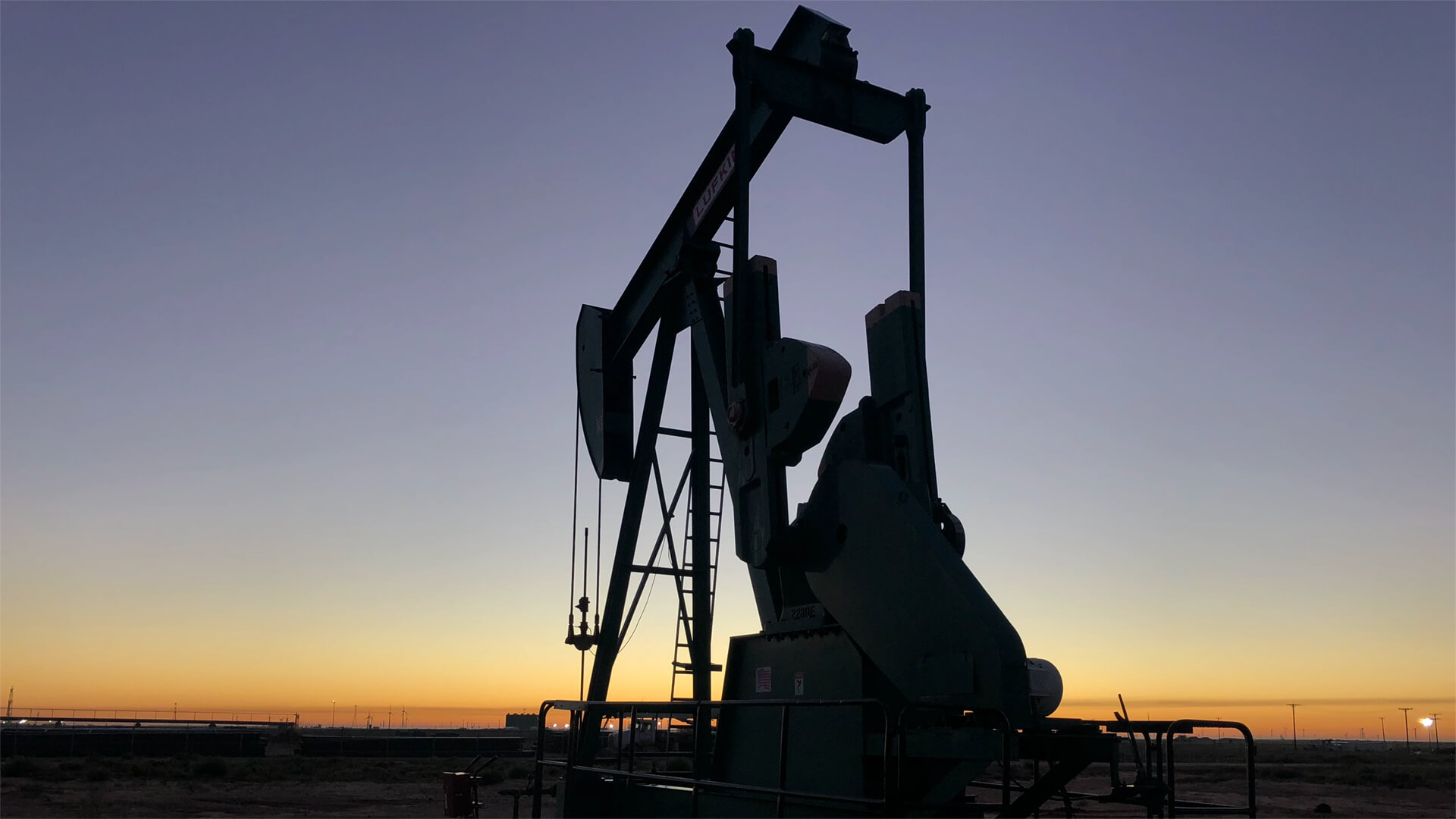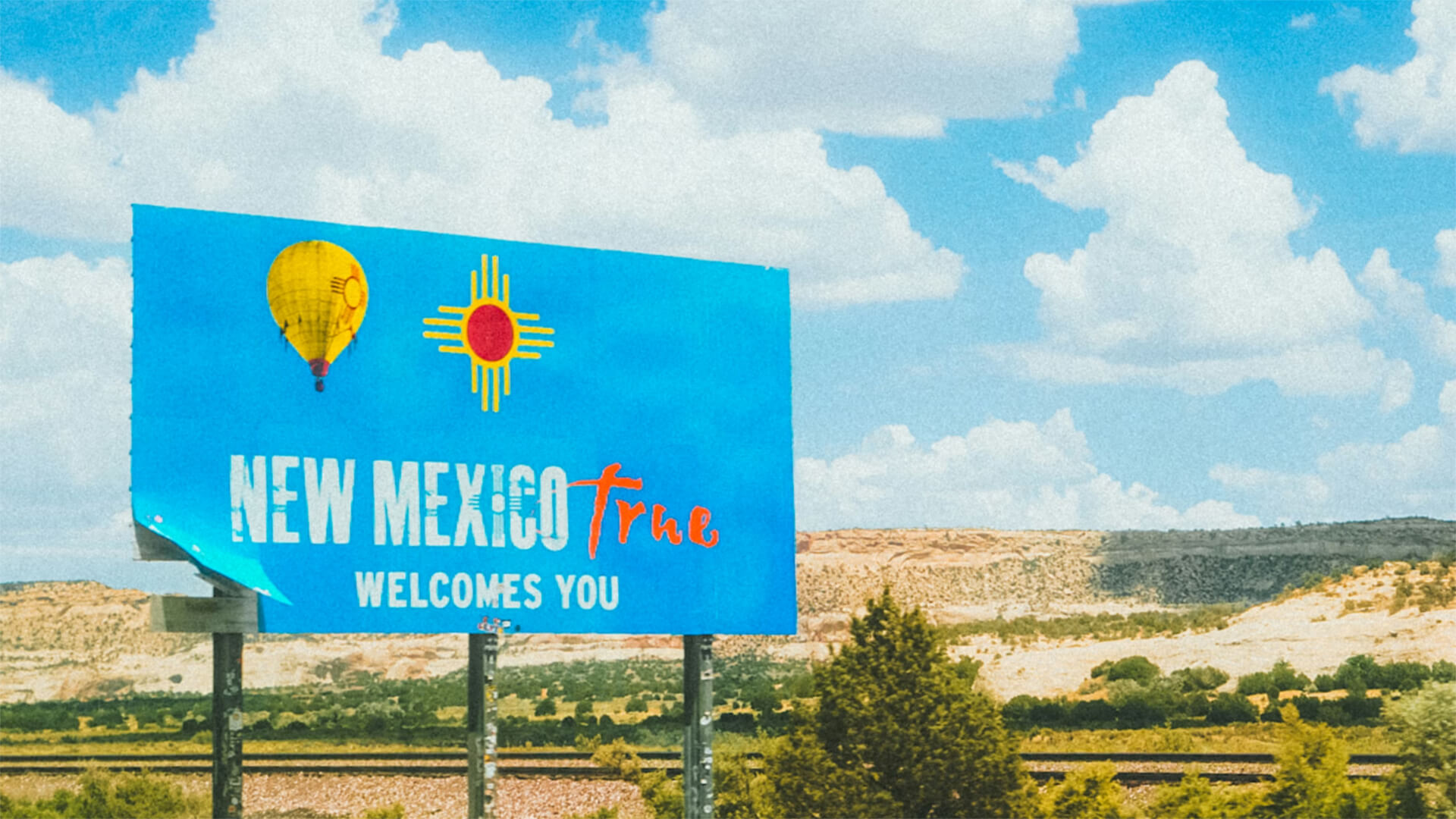I know the tariff policies coming from the Trump administration are giving everyone whiplash, but that’s not the cause of the impending global depression…the tariffs are just accelerating the timeline.
Demographics and deglobalization are the two forces driving this collapse. It has been baked into the system since the world urbanized and industrialized nearly a century ago. Now, Trump’s tariffs have brought this crisis forward by destroying what little fabric holds these systems together.
There was a world in which America’s exposure could have been mitigated through strategic partnerships and building out domestic capacity. However, these policies continue to isolate the US, stifle North American industry, and make it harder for the US to weather this storm.
Transcript
Hey, all. Peter Zeihan here. Coming to you from Colorado. Today we’re taking a question from the Patreon crowd specifically. Do I think Donald Trump’s tariff policies are going to trigger a global depression? Or is there another potential path out of this? Right question. Wrong time frame. Here’s the issue. There are two big things that are shaping what’s going on in the world right now.
And Trump is not one of them. The first one is the demographic inversion that has been working towards us for a century at this point. Short version is that when you industrialize and urbanize and move from the farm and into the city, you have fewer kids. As a rule, most countries we’re looking at 6 to 8 children per woman back in the turn of the to the 1900s.
And now in most of the world, we are well below replacement levels. In some places like China or Germany and Japan. We’ve been looking at levels below replacement levels for a couple of generations now, and we were always going to hit a demographic tipping point between 2025 and 2035.
This was always the decade that the model was going to break. We were going to run out of consumers. We were going to run out of producers. We were going to run out of people who could provide capital and be left with a lot of old people who can’t work and absorb capital and don’t consume very much. So the economic model was always going to shift.
That’s the big one. The second one is globalization. We were always going to hit a point where the United States couldn’t sustain the network anymore. And if you remember back to the world before World War two, we didn’t trade goods. We shot at each other, and we fought over access to consumer markets and raw materials, and we fought over maritime trade routes and all the rest.
When the Americans rejiggered the world of Bretton Woods at the end of World War Two, we told everyone that we would guarantee security for everyone’s commerce. If you allowed us to write your security policies for you. Basically, us got control of the world by indirectly subsidizing everybody, and that included keeping our market open. I have always said that the decade from 2025 to 2035 was the decade where that was all going to break down.
Number one, the rest of the world has gotten too rich for the US to continue to inadvertently subsidize it anymore. And number two, we’ve now reached a point where there are so many secondary naval powers the United States can’t guarantees freedom of the seas any longer. So this ten year period, starting this year was always going to be when it all broke down.
We were always going to have a global dislocation. We were always going to have globalization. We were always going to have a Great Depression on a global scale. It was going to happen anyway. What Trump is doing is speeding things up. He’s breaking down the economic case for having industrial plants outside of the United States without simultaneously building up the industrial plant to replace that loss within the United States.
And this is forward positioning. The global breakdown to the front part of that decade. So am I a big fan of Trump’s policies? Of course not. Do I think they’re causing a global catastrophe? It’s more like it’s accelerating something that was already well past the point of no return. Now there is plenty of room at the presidential level for policies that would ease the transition, especially for the United States.
And the first step of that would be building out industrial plants to replace what we’re not going to have access to for much longer. But so far in this administration, we haven’t seen this. We’re actually have policies that are penalizing trade within the region of NAFTA, which is actually encouraging places like China to build more industrial plant in order to take advantage of it, because right now you want to build a car in North America.
The parts go back and forth across the borders among the United States, Canada and Mexico. That means you have to have tariffs on more than one step in the cars production worth of cars produced exclusively in, say, Europe or East Asia. You only have to pay those tariffs once. And so we’ve had a stalling of industrial construction in the United States at a time where we really need to triple down on what we’ve been doing for the last few years.
So is this all Trump’s fault? Of course not. It’s Trump taking steps to make it happen sooner. Absolutely. And his current presidential policy in the United States, making it worse for the United States. And it needs to be, unfortunately so.











